JavaScript is the backbone of modern websites, providing interactivity and functionality to everyday online resources. It enables dynamic features like tooltips, buttons, forms, and sliders, and allows for the creation of animations and transitions. Additionally, JavaScript can validate user input in forms and perform other essential functions.
Despite its benefits, JavaScript scripts can pose security risks. Certain user parameters can be exposed through JavaScript, particularly through the properties of the "navigator" object. This includes details like:
- user agent;
- operating system;
- search engine manufacturer, version, language;
- whether cookies are enabled.
Scripts on websites have the capability to collect information from filled-out forms, including login credentials, passwords, and even credit card details. This data collection can be exploited by attackers, underscoring the importance of blocking scripts in some cases. Disabling scripts not only enhances internet security but also offers several other benefits:
- Protecting data privacy: Disabling scripts can prevent websites from tracking user behavior and collecting personal data without consent.
- Improving performance: Pages without JavaScript tend to load faster, enhancing the overall browsing experience.
- Testing: Developers can disable JavaScript to troubleshoot issues, analyze scripts, and ensure the website functions correctly.
You can easily check JavaScript settings in your web browser and disable it if necessary. However, since JavaScript is enabled by default, you'll need to manually deactivate it through your browser's security settings. The steps for doing so and changing browser configurations will be discussed below.
How to disable JavaScript in Google Chrome
- Open Chrome and access the main menu by clicking on the icon located to the right of the search bar. Select “Settings” from the dropdown menu.
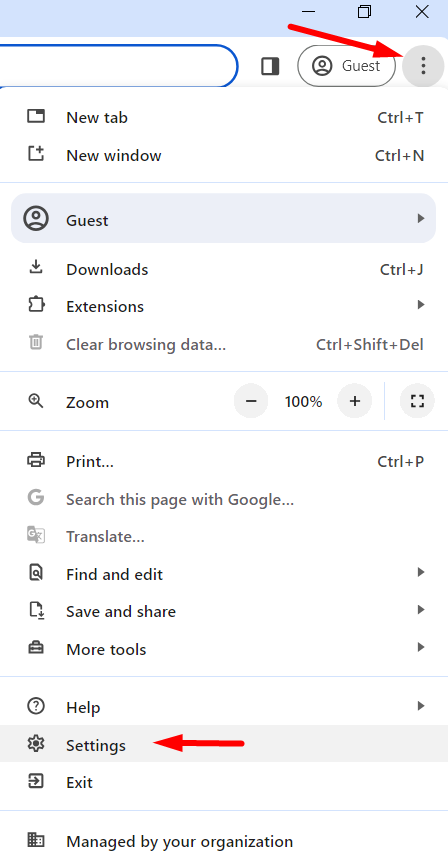
- Navigate to the “Privacy and Security” section within the settings.
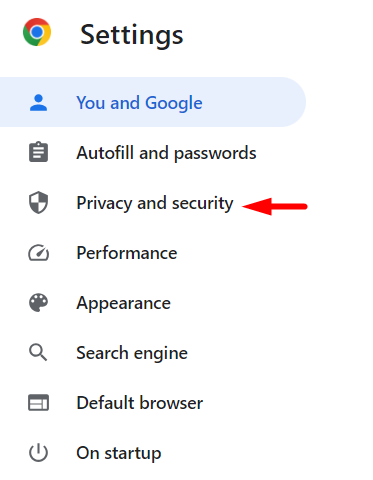
- Under “Privacy and Security”, find and click on “Site Settings”.
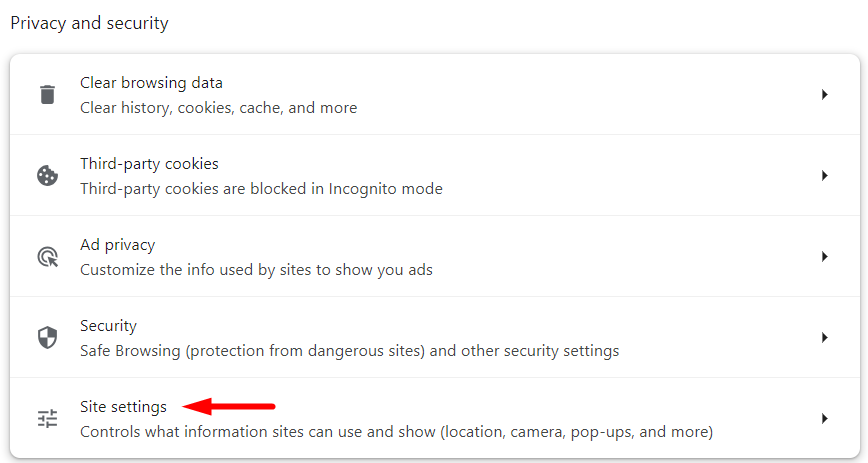
- Scroll down to the “Content” section and choose “JavaScript”.
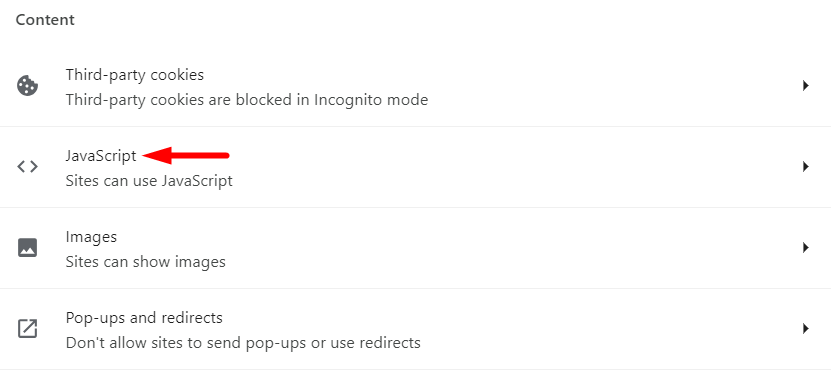
- Choose the option “Don’t allow sites to use JavaScript”.

JavaScript is now disabled in Google Chrome. The changes take effect immediately, so any websites you visit will no longer run JavaScript scripts.
Disabling through a browser extension
Another convenient method to disable JavaScript in the Chrome browser is by installing a specific extension, such as the “Enable JavaScript” add-on. Install the “Enable JavaScript” extension and add it to your browser's toolbar for easy access.

- Click on the extension icon to disable JavaScript. The icon will turn red, indicating that JavaScript is now disabled, and a corresponding symbol will appear in the address bar.

- The extension allows you to enable or disable JavaScript for specific websites as needed. To access the options, right-click on the extension icon and select “Options” from the menu.
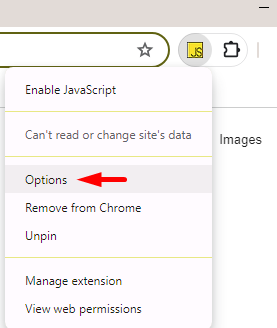
- In the settings window, you can enter the URLs of websites where you want JavaScript to be always enabled or disabled.
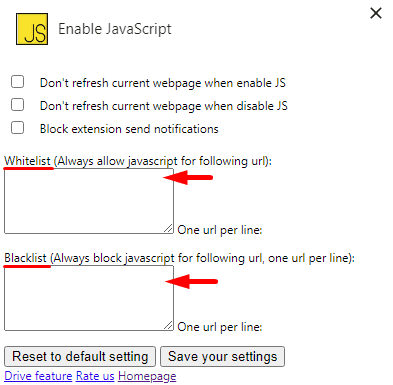
- After entering the URLs, click on the “Save your settings” button to apply the changes.

With this extension, even if you disable JavaScript globally, it will still be active on the sites you have whitelisted.
How to disable JavaScript in Mozilla Firefox
To disable JavaScript in Firefox, you can follow these steps:
- Open a new tab in your browser. Enter the command “about:config” in the search query line and press “Enter”.

- In the warning notice that appears, accept the risks to continue.
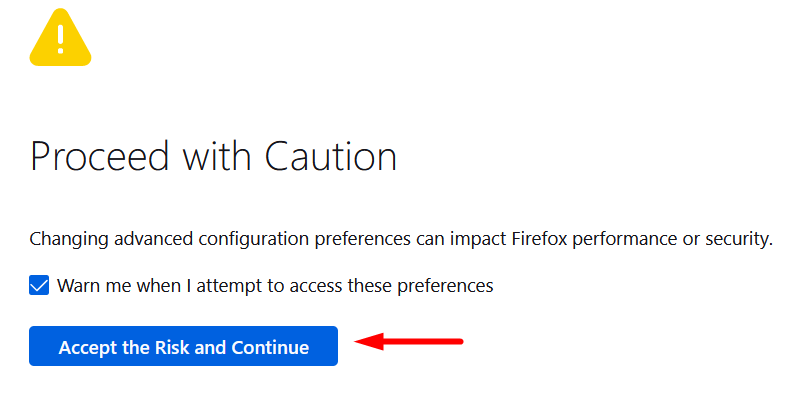
- A field will appear where you can find and change browser settings. Enter “javascript.enabled”.

- Hover your mouse over the switch icon in the field that appears below.

- Toggle the switch. The word “false” should appear next to the parameter.

- To revert to your previous settings, follow the same steps but at the end, click on the “Reset” icon.

JavaScript is now disabled in your Firefox browser.
Disabling JavaScript in Mozilla Firefox using an extension
An alternative method to control JS script activity in Firefox is to use a special add-on like “JavaScript Switcher” from meetDeveloper. Here's how to do it:
- Install the extension and navigate to the website you want to work with. A green addon icon will appear in the URL bar, indicating that scripts are enabled for that site.

- Click on the icon to disable JavaScript for that specific site.

- The extension will remember these settings, so the next time you visit the website, scripts will remain inactive. However, they will still work on all other sites.
This tool is convenient if you only need to disable scripts for specific sites rather than the entire browser.
How to disable JavaScript in Safari
To disable JavaScript in Safari, follow these steps:
- Click on the “Safari” inscription in the top panel to access the browser's main menu. Then, select “Preferences” from the drop-down menu.
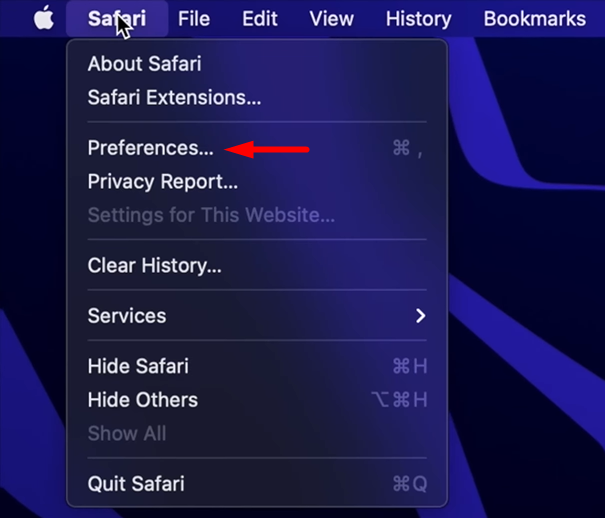
- In the “Preferences” section, navigate to the “Security” subsection.

- Locate the “Web Content” category and disable the “Enable JavaScript” option, which is usually enabled by default.
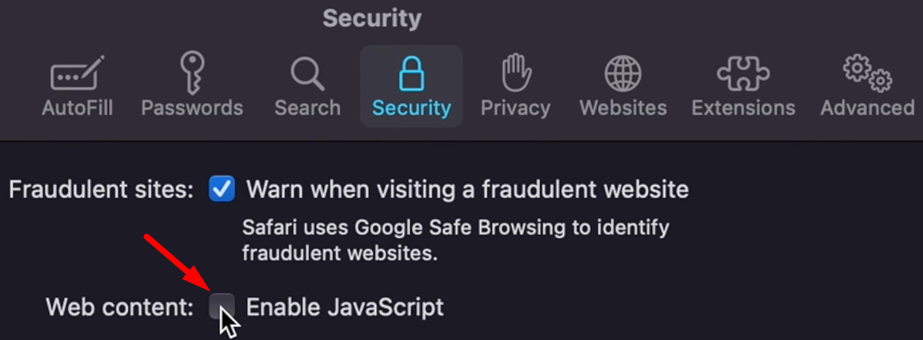
Once disabled, JavaScript scripts will no longer run in the browser.
How to disable JavaScript in Microsoft Edge
To disable JavaScript in Microsoft Edge, follow these steps:
- Open your browser and expand the main menu located to the right of the search bar. Select “Settings” from the menu.
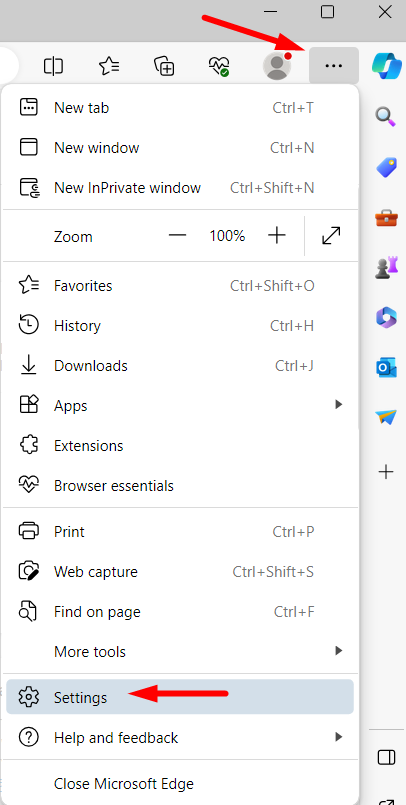
- In the side menu, locate and click on “Cookies and site permissions”.
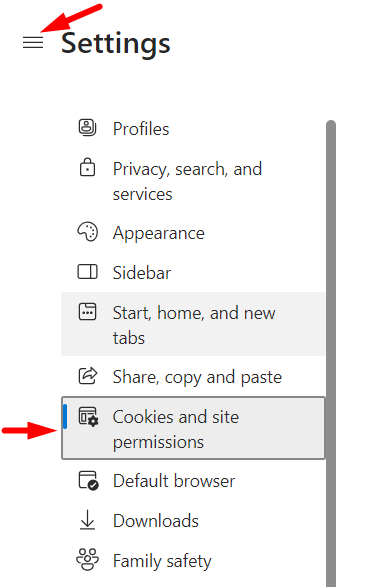
- Under the “All permissions” section, find and click on “JavaScript”.
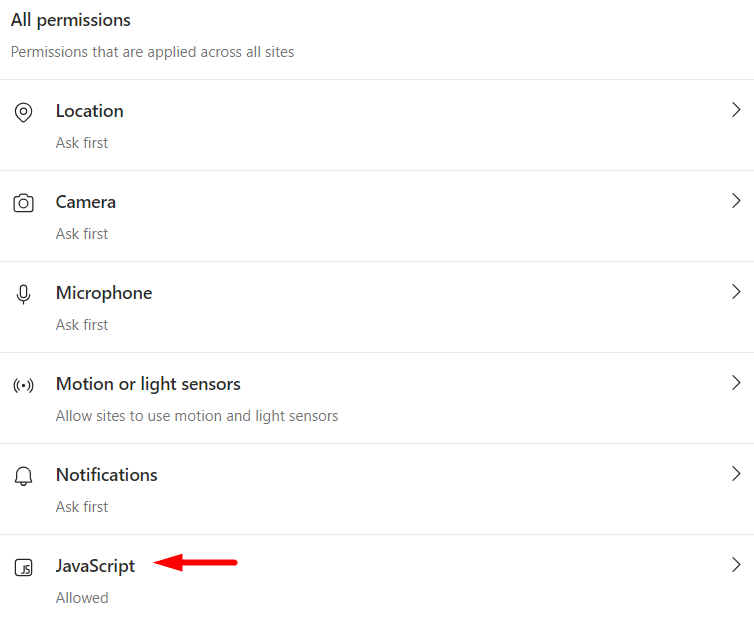
- In the new window, deactivate the “Allowed (recommended)” option.

The settings will be applied automatically, disabling JavaScript in the browser, and allowing you to continue working without JS scripts running.
How to disable JavaScript in Opera
To disable JavaScript in Opera, follow these steps:
- Open your browser and click on the gear icon in the left panel at the bottom.

- In the menu that appears, select the “Privacy and security” tab.
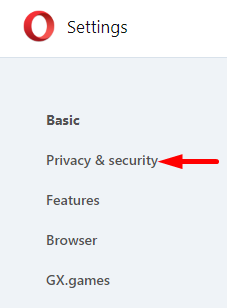
- Navigate to the “Site Settings” section.
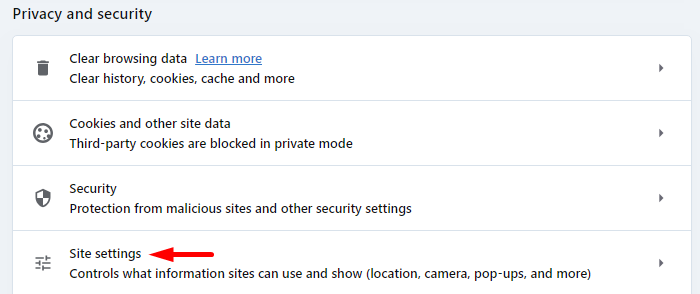
- Locate the “JavaScript” option in the new menu.
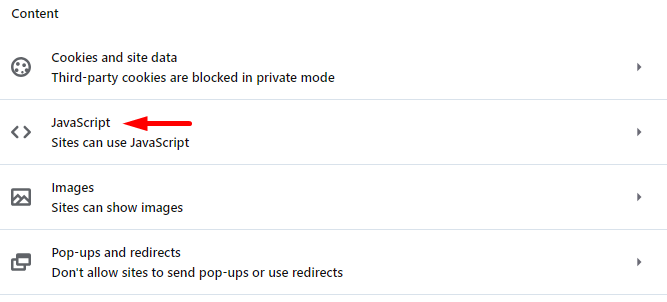
- Select the option “Don’t allow sites to use JavaScript”.
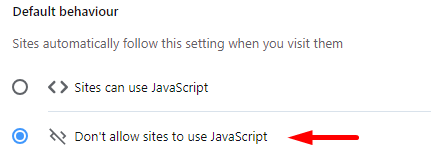
Once done, JavaScript scripts will be disabled, and sites will load without using them.
Disabling JavaScript can impact website functionality but speeds up page loading, removes pop-ups (including ads), and allows bug testing without JavaScript. It also enhances browsing safety.





























